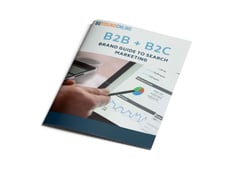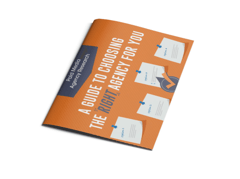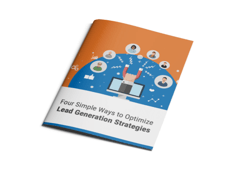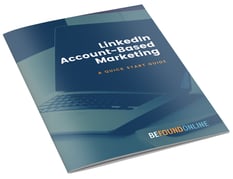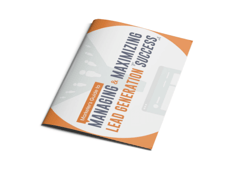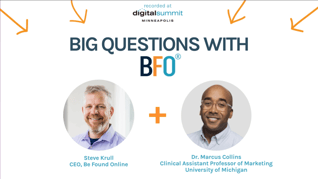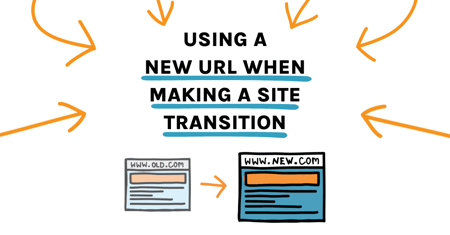
Migrating your website for a new launch can be a time-consuming undertaking. To ensure the process is efficient and stress-free, we’ve outlined a few common questions and suggestions below.
Q: Do you recommend using a new URL when making a site transition?
A: While it is not our general recommendation to use a new URL when transitioning websites, IF you are to do it, this would be the time. That being said, to maintain the status quo of your site, we recommend retaining the existing URLs with a logical structure and relevant keywords as is ideal for SEO best practices.
and relevant keywords as is ideal for SEO best practices.
If you’re switching CMS platforms, be mindful of different URL structures. Use 301 redirects to preserve rankings, update internal links, and ensure a seamless user experience. Leverage Google Search Console to monitor the transition.
Also keep in mind that you may not have a choice to keep your existing URLs if you’re using a new platform with your new site, as there are often different URL naming conventions when moving between content management systems (CMS).
Q: Should I optimize my URL structure for users or search engines?
A: The best URL structures will benefit both users and search engines. The site crawlers have similar attributes to the human eye in the sense that they can become confused by a muddled URL or one that doesn’t separate words well.
A few tips to keep in mind:
- Keep URLs concise, descriptive, and easy to read.
- Avoid long strings of numbers or unnecessary parameters—use clear, keyword-rich subdirectories instead.
- Hyphens improve readability, while static URLs perform better than dynamic ones.
A well-structured URL enhances user experience and helps search engines understand your content, which works in concert with all of SEO’s other best practices to improve rankings and click-through rates. (Image Source)
Q: How do I choose a search engine-friendly URL structure?
A: Start with a logical site architecture that aligns with the keywords users use to search for your products or services. For your subfolder structure, use short, descriptive URLs that reflect your content hierarchy. Top-level pages should target broad keywords, while deeper pages can focus on long-tail variations… but not too long. Aim for URLs under 60-70 characters, but that still conveys the purpose of the page content. Keep URLs clean, avoiding unnecessary parameters or dynamic strings. A well-structured URL improves SEO, enhances user navigation, and signals page relevance to search engines.
Q: What will happen when people enter the old URL?
A: Hopefully, it redirects to your new site URLs! I can’t stress enough the importance of getting the proper redirect mapping in place prior to launch. Ideally, you would test the redirect logic on a staging site prior to launch, so when your new site launches, search engines and users know where to find the new URLs. (Image Source)
Q: Is there a way to expedite the redirect process for larger sites?
A: For large-scale site migrations (e.g., e-commerce sites), you’ll want to prioritize bulk redirects at the subdirectory level rather than taking the time to map every individual page. You can use regex-based rules for efficiency, but make sure you heavily QA for complete accuracy. If the original URLs are not intuitive, it can lead to faulty redirects, which can hurt SEO and take weeks to recover from. One area where we advise using one-to-one redirects are URLs with the highest traffic (think main directory pages and high-level navigation). Be sure to perform pre-launch testing on the URL locations and submit an updated XML sitemap in Google Search Console to help search engines process changes and display the new URLs faster.
Q: Will the domain change affect my keyword rankings?
A: If you change the domain during the site transition process, you’re going to see a significant decrease in your rankings in the short term. Changing domains should be avoided at all costs for SEO, but there are some instances where it just can’t be avoided (such as a new brand name).
With any site transition there is an anticipated drop in keyword rankings, and, thus traffic. However, this is often just temporary and will fully recover within a few months. With a change to a new domain, with no existing presence in the search engines, you will essentially be starting from scratch in building an online presence.
Q: What can I do beforehand to mitigate damage when changing URLs?
A: As we mentioned, the best thing to do to ensure a seamless transition is to create a detailed 301 redirect map. Prioritize high- traffic and high-ranking pages by mapping them to equivalent URLs on the new site. Use Google Analytics and Search Console to identify key pages. Additionally, take the time to update internal links, submit that new sitemap to Google, and monitor for errors in Search Console. Testing your redirects before launch and tracking post-migration performance will help maintain rankings and user experience.
traffic and high-ranking pages by mapping them to equivalent URLs on the new site. Use Google Analytics and Search Console to identify key pages. Additionally, take the time to update internal links, submit that new sitemap to Google, and monitor for errors in Search Console. Testing your redirects before launch and tracking post-migration performance will help maintain rankings and user experience.
You Can Do It!
If you’re nervous about your upcoming website transition or feel overwhelmed, don’t. Websites are transitioned every day, and while each is unique, there is a set of commonly accepted best practices to ensure you maintain as much traffic as possible. Transitioning to new URLs is just part of what needs to be considered, but it is a crucial step requiring significant attention. Reporting updates, XML sitemaps, and robots.txt files all play a role in cultivating a smooth transition.
For more on how to best transition your website, have a look at our SEO Site Transition/Redesign Checklist to be sure you’ve checked all our boxes before you even begin!
Ready to bring in the pros? Contact us below!

Jon Pappas
Jonathon is the Director of Organic Search at BFO. He’s a reliable and consistent member of our team and is very detail-oriented and client-focused.
CATEGORIES
SUBSCRIBE TO OUR BLOG
Stay up to date with the latest industry best practices in digital marketing!










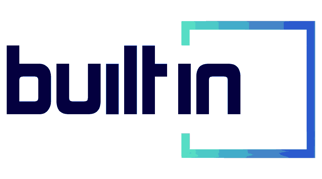



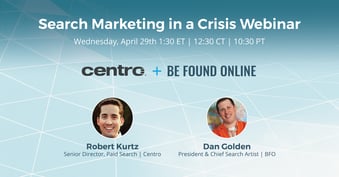








.png?width=339&height=179&name=Webinar%20Banner%20(1).png)

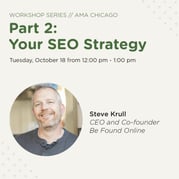

.png?width=339&height=179&name=July%20Webinar%20(Newsletter).png)

.png?width=339&height=179&name=Webinar%20Banner-April-02%20(1).png)
%20(4).png?width=339&height=179&name=Webinar%20Banner-May-02%20(1)%20(4).png)

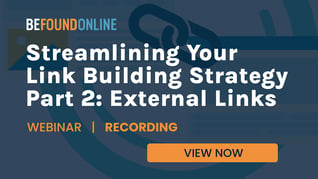


.png?width=339&height=179&name=March%202023%20Webinar%20Ad%20(autoresponder).png)


